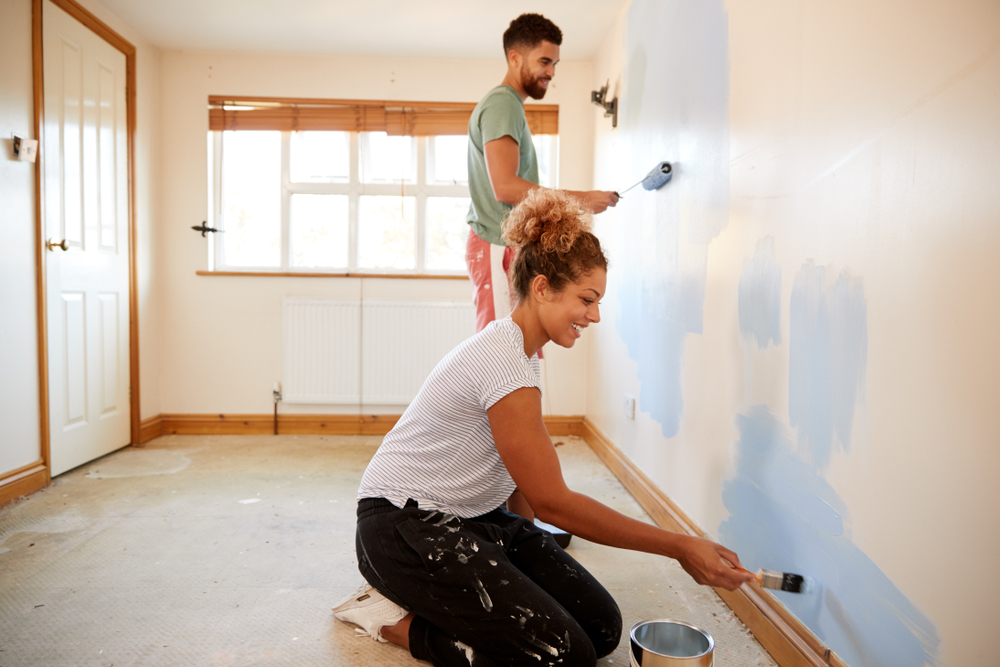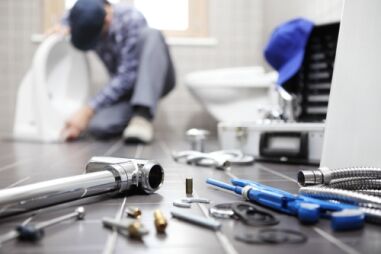Listed here in the next paragraphs you can get a good deal of wonderful information and facts regarding How can you handle tenant plumbing issues effectively.

Taking care of plumbing problems in rental properties effectively is critical for maintaining occupant satisfaction and protecting the residential or commercial property's worth. Whether you're a landlord or a home supervisor, knowing just how to resolve these common issues can conserve you money and time while ensuring compliance with lawful duties. Here's a step-by-step guide on exactly how to take care of pipes issues in rental homes.
Paper Every little thing
Keep detailed records of all reported pipes concerns and the activities required to solve them. Documents needs to include dates, descriptions of the issue, interaction with lessees, and receipts from professionals or plumbing technicians. This details can be critical for insurance policy cases, tax deductions, and legal protection.
Use Qualified Professionals
Always utilize certified and insured experts for considerable plumbing repair work and setups. This guarantees that the work is up to code and can help avoid liability concerns in case of crashes or more damages. It likewise guarantees occupants that repair services are being dealt with expertly.
Develop Clear Communication
Encourage tenants to report any pipes problems as soon as they occur. Provide numerous communication channels such as phone, e-mail, or a renter portal to make it easy for them to connect. Trigger reactions to these reports can protect against small issues from intensifying into significant issues.
Inform Lessees
Enlighten your lessees regarding what constitutes a pipes emergency situation and what does not. Offer standards on how to handle small issues themselves, such as using a plunger to unblock a bathroom. Additionally, inform them concerning what they must prevent putting down drains to prevent clogs, such as grease, coffee grounds, and non-biodegradable products.
Routine Upkeep
Implement a routine upkeep schedule for all pipes systems in your leasing residential or commercial properties. Normal checks can assist recognize and resolve issues like leaks, slow drains, or rusty pipes prior to they end up being serious. Consider employing an expert plumbing to check the residential or commercial properties annually or semi-annually.
Quick Action to Emergencies
Have a strategy in place for reacting to plumbing emergencies. This need to include having the call information of trusted plumbing solutions that offer 24/7 emergency situation repair services. Quick action is necessary to decrease damage in scenarios like ruptured pipes or extreme leaks.
Preventive Upgrades
Think about updating older pipes systems and fixtures to a lot more modern-day, efficient designs. This can lower the frequency and intensity of pipes issues and lower long-lasting upkeep prices. It's also a marketing factor for prospective lessees who value upgrades and contemporary attributes.
Lessee Move-Out Inspections
Conduct detailed plumbing checks during move-out assessments to make certain that any concerns are determined and dealt with prior to a brand-new lessee relocate. This protects against disputes with new tenants over pre-existing conditions and guarantees the property is in top problem.
Understand Lawful Responsibilities
Understand your lawful duties pertaining to pipes and basic property maintenance. Most jurisdictions require proprietors to guarantee their residential or commercial properties are habitable and that all plumbing systems remain in good working order. Failing to attend to severe problems immediately can result in legal actions from tenants.
Tenant Repayments
If a pipes problem needs prompt focus and the tenant resolves the concern on their own, have a clear policy in position for reimbursing expenses. Make certain lessees recognize they ought to obtain previous authorization for higher-cost repairs unless it's an absolute emergency situation.
Final thought
Taking care of pipes problems in rental properties calls for a proactive strategy and excellent communication with lessees. By remaining on top of upkeep, reacting without delay to emergencies, and using professional professionals, proprietors can maintain their residential properties in exceptional condition and keep excellent relationships with renters.
How to Handle Water Damage in a Rental Property
What is Water Damage?
Water damage is harm or destruction caused by water entering areas where it is not supposed to be. It can be caused by a variety of sources and can manifest in different ways. The most common examples of water damage include:
Leaking roof Plumbing leaks Appliance malfunctions Poor drainage Flooding Sewage backup Condensation Tenant negligence HVAC system issues Frozen pipes Is water damage dangerous?
Water damage itself is not inherently dangerous, but it can lead to various hazards and health risks if not promptly and properly addressed. The severity of these risks depends on the extent of the water damage, the source of the water, and how quickly it is mitigated.
Some potential dangers associated with water damage include structural damage, mold and bacterial growth, electrical hazards, water contamination, and pest infestations. In situations where mold and mildew have gone unaddressed, mold can start to develop within 24-48 hours of water exposure, and this can impose a serious health risk to tenants. In particular, mold spores and damp conditions can lead to respiratory issues and even make existing health problems worse, such as allergies, asthma, or immune disorders.
Water Damage in an Apartment - Who is Responsible?
If the water damage is caused by the tenant’s negligence, the tenant is responsible for the cost of repairs. If the water damage is caused by a defect in the property, the landlord is responsible for the cost of repairs. If the water damage is a result of natural causes, such as excessive rain, then the landlord is responsible, since the water intrusion likely occurred due to a defect in the property. Landlord Responsibility water damage in rental property
Since maintaining habitability is the landlord’s legal responsibility, landlords are responsible for any resulting structural damage caused by water damage. These structural damages may include damage to walls, roofs, ceilings, and flooring. If water damage has affected the rental property’s original structure, the landlord is responsible for repairing or replacing those materials. Therefore, landlords should have property insurance that covers the structural components of their rental property so that they can receive help with the costs of covered events.
Preventative measures can also help landlords avoid massive renovations. Preventative maintenance may include conducting regular inspections to identify and address potential water damage before it becomes a major and urgent problem.
If a landlord fails to meet their responsibilities regarding water damage, it can lead to legal disputes and potential liability. Tenants who believe their landlord is not addressing water damage issues in accordance with California law can seek legal advice or contact local housing authorities for assistance.
https://www.goodlifemgmt.com/blog/water-damage-in-a-rental-property/

I was guided to that article on through a good friend on our other web blog. If you enjoyed our blog posting plz remember to pass it around. Thank you so much for taking the time to read it.